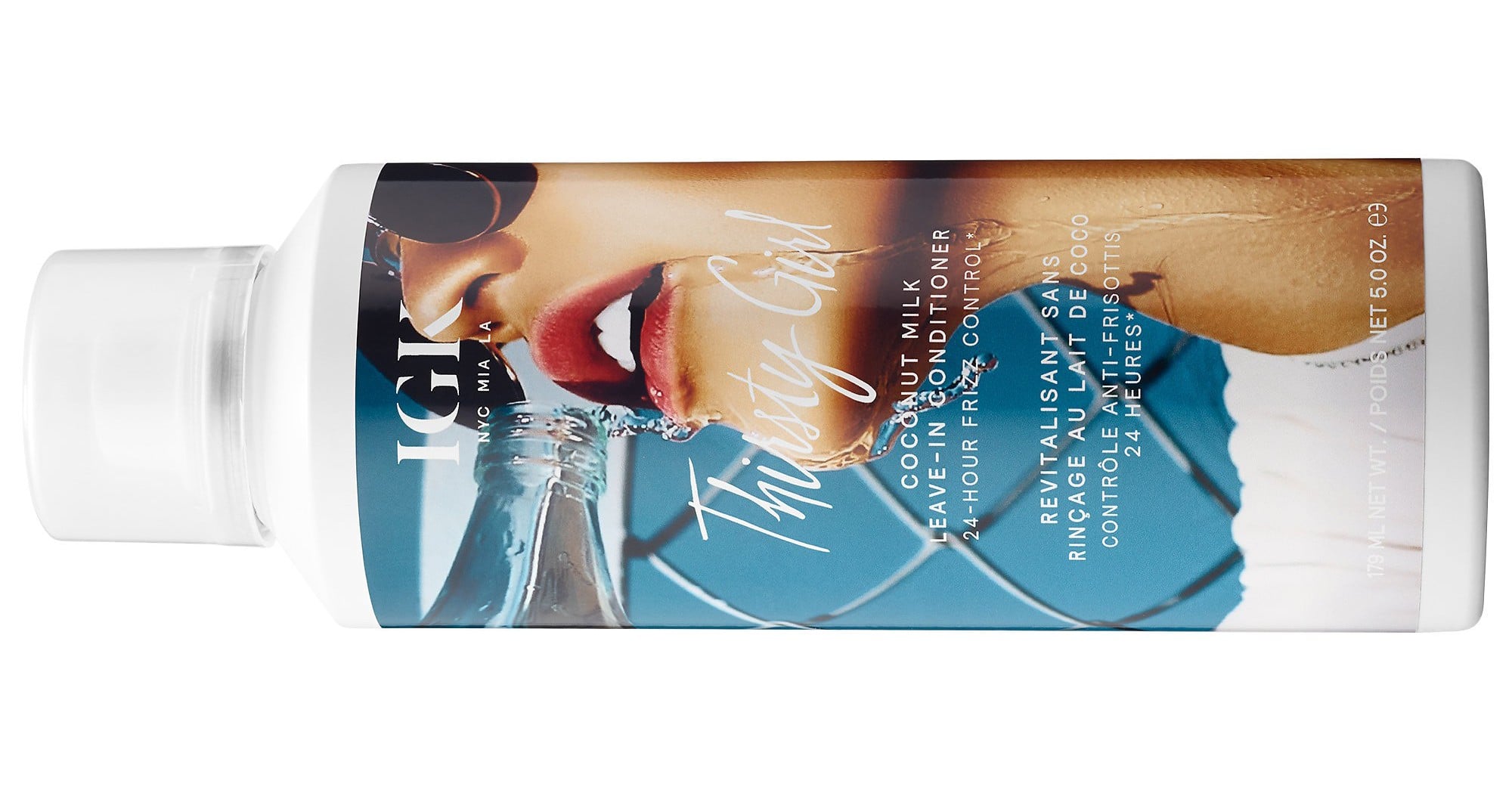Gabriela Hearst‘s fashion shows are memorable not only for the clothing and artisanal craft, but for their Instagrammable lunch spreads, which over the years have featured vegan Wellington, empanadas, farm-to-table crudites as artfully arranged as a garden and more. That instinct to feed her guests, which she has been doing since 2017, is directly related to her Latin heritage, she said.
“You’re going to invite someone and you’re not going to offer them anything? What kind of manners is that,” said Hearst, 47, who grew up on a 17,000-acre sheep and cattle ranch on the pampas of Uruguay’s Paysandu region, which her father left to her when he died, and she still operates.
Not that she is doing the cooking. “I make zero dishes,” she laughed. “But alfajores, those are my favorite and I’ve also served them at my show,” she said of the South American cookies.
You May Also Like
Hearst launched her namesake brand in 2015 with a then-radical idea that environmental sustainability could be luxury, and has built it into a powerhouse of feminine polish and gaucho earthiness.
She was also the first Latina designer to head a European fashion house, working as the creative director of Chloé from 2020 to 2023.
“I am my heritage. It’s the origin of everything I do…the colors, the feelings, the ranch mentality where things have to be made to last,” she said, noting the remoteness of the area in which she spent her childhood, an hour away by car from the closest town, Guichon. “Everything is measured and accounted for, there’s no waste, and there’s efficiency to that.…And then sustainability, you have to work with the cycles of nature. All our civilization, all our origins are related to the cycles of nature.”
The gaucho unIform, including rugged leather pieces, ponchos, weaving and knits, and sturdy boots like the ones she used to buy as a girl from the farm supply store, are the building blocks of her brand. She works with several artisanal communities around the world, including Madres y Artesanas in Bolivia and Manos del Uruguay which empowers and employs women close to home.
Her goal to promote the strength of women is another pillar of her business, which she’s explored in collections inspired by Surrealist artist Leonora Harrington and pioneering Irish artist, architect and furniture designer Eileen Gray. She named a blazer after activist Angela Davis, designed a ram ovaries sweater to benefit Planned Parenthood, and has dressed a who’s who of today’s powerful women, including designing First Lady Jill Biden’s 2021 inaugural evening dress and coat ensemble.
That belief in the power of women comes from her mom, Sonia Souza. “She liked to compete in rodeo, and one of my first images as a child is of her being thrown by a horse…boom, she falls, and she stands up, and her teeth are falling out, and there’s blood everywhere in her mouth, and she’s walking toward me,” Hearst said of the traumatic but also endearing memory. “Then she became a second Dan of tae kwon do, and I saw her side kicking and breaking pieces of wood.…So I was created in this environment when women could do things like men.”
I was created in this environment when women could do things like men.”
When Hearst moved to the U.S. to pursue a career in fashion, she remembers encountering people who thought she was saying “Norway” when she said she was from “Uruguay.”
“There was a real ignorance about the whole continent and about how diverse we are. But I’ve seen that change in the last decade, I don’t know if it’s the power of soccer but people are more interested in South America. Still, it really scares me when I hear all the talk about immigration because people don’t leave everything they know because things are fine. And it’s a real concern for me when there’s such a discrimination when you see all the ways that Latin American people are working so hard every day to make our lives easier. I feel my people are not getting the respect they deserve.”
She’s made an effort to include the diversity of the Americas in her work, including at Chloé, where one of her proudest moments was casting Mexican model Andi Silva Venegas in her first ad campaign.
“I cannot be untrue to who I am, and when you get me, you get the full package,” she said. “I didn’t take a train or a plane from London or another city of Europe, I came all the way from the south and I’m proud of that.”
Looking at the industry now, she wishes she saw more Latin creatives. “I think the more of us the better — and it’s more fun.”
Her advice for those trying to make it in fashion? “The more true you are to who you are, the more authentic the product is. But it’s a communication with my client; it’s not just about me, it’s a dance.”
An artist has to say something, but also to listen.
In honor of Hispanic Heritage Month, WWD chose 10 Latino designers who are shaping the world of fashion today to photograph and profile. The images from this series will be featured in a national billboard campaign run by Outfront.




